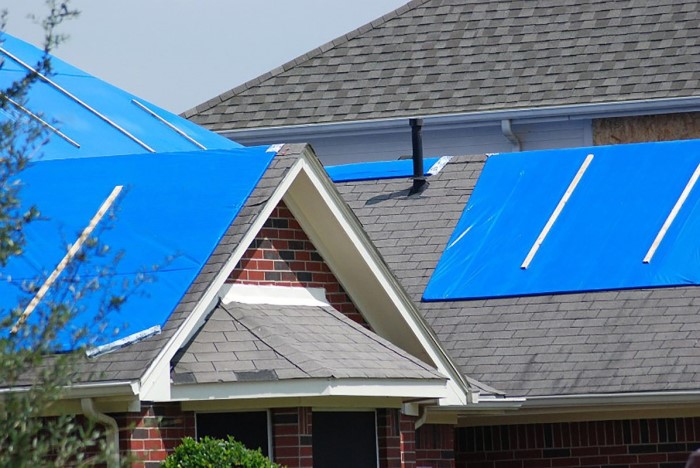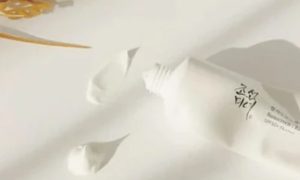
Heavy-duty PVC or vinyl tarps offer ultimate protection when they’re used to cover valuable equipment, goods, and supplies. But, savvy users make the most of the durability these tarps offer by using them outdoors. People use waterproof vinyl and PVC tarps to set up tents, temporary shelters, and roofing systems in outdoor/indoor spaces. Many savvy homeowners hang these tarps on their porches, decks, and patios.
Clear or transparent tarps allow sunlight to come through after filtering the harmful UV rays. They create insulated spaces and protect homeowners from cold, heat, rain, heavy winds, and snow. The benefits of using PVC or vinyl tarps as temporary roofs or shelters in outdoor spaces are apparent. The real question is, can PVC or vinyl tarps help you create a temporary roof that covers your home? Yes. Here’s how and why.
The Rise in Demand for Temporary Roofing Solutions
One nasty side-effect of the COVID19 pandemic was the unprecedented labor shortage. As demand for raw materials skyrocketed, the demand for construction-related jobs also peaked. Hence, both labor and materials have shot up in costs since 2020. Even though 24-months later, things are slightly more normal – these costs haven’t come down. That means replacing a roof is now a very expensive process.
Getting your old and damaged roof replaced is a complicated process. You want a roofing solution that keeps your home protected and in good shape for decades to come. That’s why homeowners should never rush into getting roof replacements. They must wait for the time when they can afford to buy a top-quality replacement. What can they do as they wait for material and labor costs to go down? They can use tarps to create temporary roofs!
Using Tarps to Create Temporary Roofing – Key Points to Consider
Tarps are typically made of two materials – vinyl and polyester. Both these materials are used interchangeably. You can have vinyl-coated poly tarps or poly-coated vinyl tarps. Either way, both these materials are UV-treated. They’re designed to block harmful UV rays from penetrating their surfaces. These super-sturdy tarps can also withstand heavy winds and other environmental abrasions.
On top of that, waterproof tarps don’t allow any moisture to penetrate. Hence, temporary roofing structures made with these tarps can help homeowners protect their property during heavy rainfall and storms. Microorganisms like mold or mildew cannot grow on these surfaces. Even if the vinyl/poly tarps pick up stains or marks, they can be easily washed off with household cleaning agents.
- When using tarps to create temporary roofs, always use thicker ones that are less likely to get damaged by wind.
- Only pick waterproof (not water-resistant) tarps to create your temporary roofs. Water-resistant tarps shed only some water. They don’t block all water during heavy rainfall. Tarps that are waterproof consistently block all moisture from penetrating. There’s no chance water will get through these tarps.
- Use grommets and strapping to install the tarp over your home. Make sure the tarp’s size is in proportion with the size of your property.
Getting timely roof replacements is important. But, if you’re under-prepared to get such an expensive replacement, use waterproof, UV-treated, and heavy-duty tarps as temporary roofing solutions.








